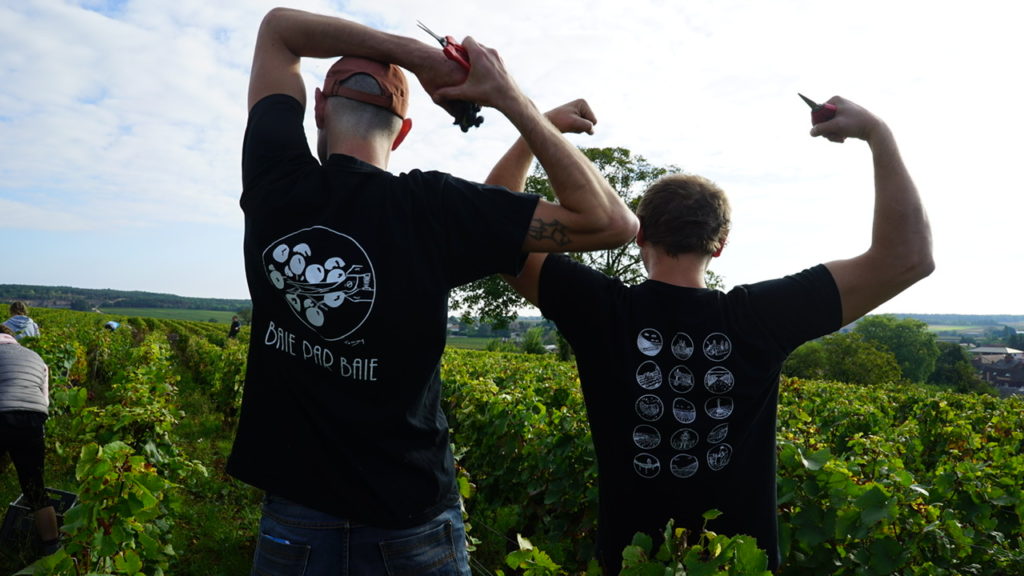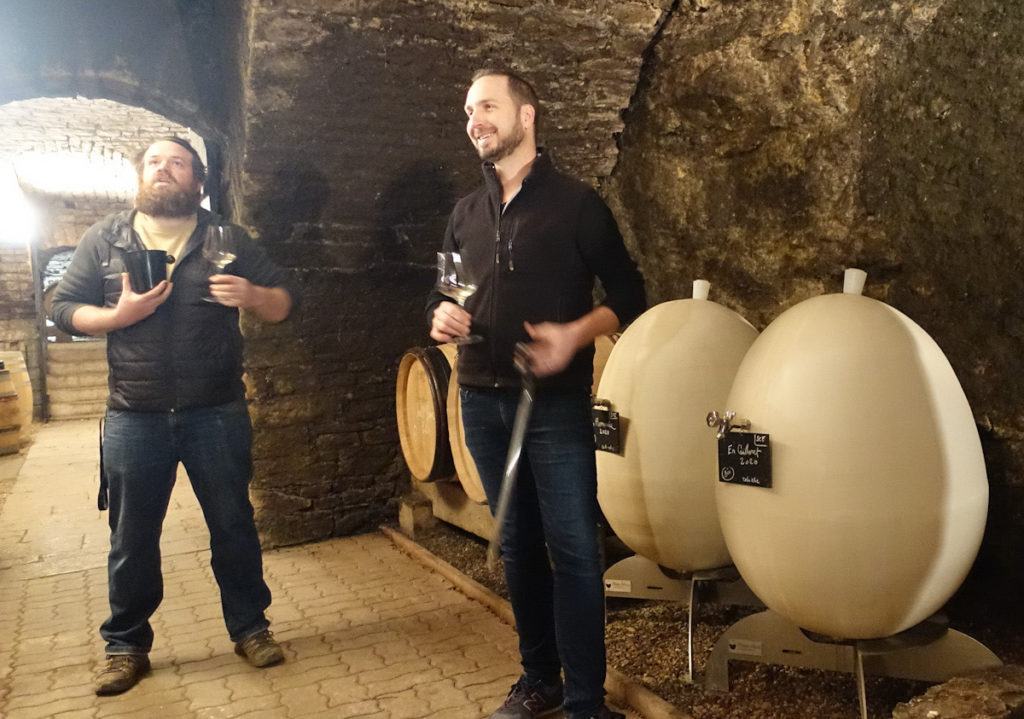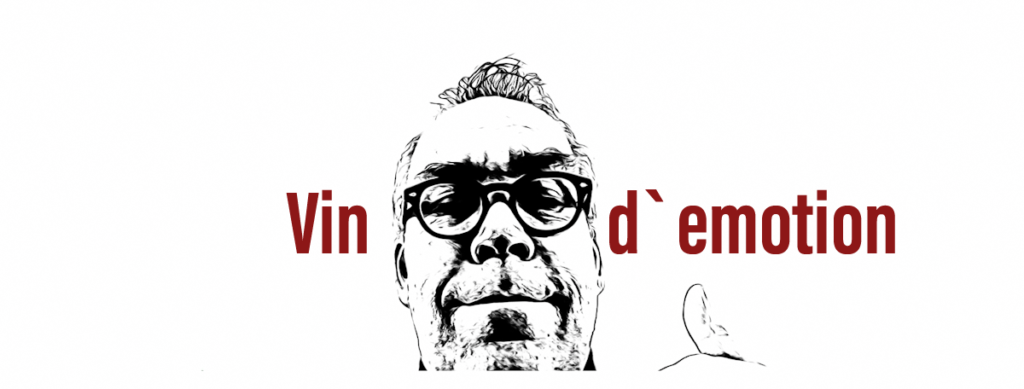The 2020 vintage is a serious and somewhat scary beast – to me at least- coming as it does after the outstandingly great red 2019s.
Don’t get me wrong: I think the 2020s are very, very good, and sometimes even better than the 2019s. It’s seemingly a cooler year, and a vintage that often talks to your mind rather than your heart. It’s a slightly more serious year, as opposed to the flamboyant ’19s.
I have now tasted quite a bit from 2020 (mainly reds), and the vintage continues to surprise me in its cool, somewhat thoughtful way. The year was not cool, but its expression is cool-ish, and it produced some great whites (better than the indulgently rich 2019s) and some very impressive reds, which in a few cases match the ’19s.
Is this the bottom line? Pretty much; but the picture – as always with Burgundy – is more complex. So here we go!

Are the 2020s classic Burgundies? An interesting question, and I would argue not really, even though we want them to be. In reality, they are big wines that have very fine acidity and coolness. We like them, but they’re rarely 100% seductive, and they do have a regal, thoughtful side.
The 2019s are “enjoy and feast like there is no tomorrow” wines. The 2020s are cooler and more elegant when they show full phenologically ripe beauty. But they are also a tad more hesitant – even reluctant – when the drought prevented full phenolic maturity.
That was a long introduction, but I think we need to be able approach 2019 and 2020 side by side – not on the table necessarily, but in our minds at least.
Setting the scene for 2020
During my ten months in Burgundy, I have tasted many 2020s, and I can now really gauge the temperature of the vintage.

The 2020 reds are a cooler, seemingly more classic breed than the ’19s, although to call them cool or classic in the historical scheme of things is going too far. In the context of global warming, it is a cooler vintage, despite the summer drought and heat almost sending it up in flames. The yields in some places are dramatically low – declining to 10-15 hectolitres/hectare on occasion – so expect to fight for precious bottles, especially in light of this year’s frost.
Cool? The wines feel cooler and more classically structured than the 2019s; the acidity is higher, pH lower, and the lower yields give the wines a more substantial feeling. They are perhaps a bit more serious and a little more regal than the sensual 2019s.
Some vignerons see parallels with the 2010 vintage, one of my all-time favourites. But for me the ’20s lack the casual effortlessness of the 2010 reds. The 2020s are serious wines; wines for the mind, and when they reveal themselves fully – with perfect phenological ripeness – they can be quite magical.

Bottom line: The best 2020s have an effortless, cooler character, with a strongly founded impression of fruit, structure, and complexity creating quite a contrast to the sensual, temperamental 2019s, with all their charming vivacity and occasional acetate.
That said, at this point I need to taste more 2020 whites, and more wines from the Cote de Beaune in general – especially Pommard and Volnay.
Impressions and thoughts
There are still some questions that I need to answer. Some of this is related to vivacity, and the risk the 2020s could close down when they’re bottled. I have talked to several producers who mention this concern, and they are therefore working to avoid this effect.
Cool? Or lack of phenolic ripeness?
As said, the character of the ’20s is rather cool in many examples. Yet make no mistake: 2020 was a hot year temperature-wise. The wines do not have true cool-year character (like to 2014s, for example), but they do have an ever-so-slight aloofness. When I say aloof, it is a reluctant coolness; sometimes this is related to the drought and the resultant lack of phenolic ripeness. Be careful to avoid these semi-unripe wines; they will most likely not develop in a charming way.
Careful extraction needed
The concentration of many 2020s is high (reference the slightly aloof character), but most winemakers have kept extraction down to an agreeable, enjoyable level.
And as regards the balance between energy and density, I would claim this is a Clos Saint-Denis year more than a Clos de la Roche year. If you must have Clos de la Roche, look for one that comes from high in the vineyard, as a way of explaining the expression of vintage.
A sturdy vintage, but of delicate balance
The 2020 wines are unlike the 2019s, which are filled with natural love and charm. Rather, they’re painted on a robust canvas that needs colour and expression to shine. They need energy to glow and sparkle, and they certainly don’t need a lot of extraction and toasted oak.
If you look for winemakers that treated the 2020s correctly, with respect, then there are truly beautiful wines to be had from most terroirs. The best 2020s will most certainly be great.
Whole clusters lighten the power
While whole-cluster vinification works outstandingly well to loosen up that energetic aloofness, even fully destemmed wines can work. The bottom line, however, is that a nice proportion of whole clusters does often give something extra energy-wise. And with 20% or even higher, the overly concentrated feeling can be ameliorated. Whole clusters are not a miracle tool, but in many cases I find they give both more energetic and livelier wines. Just sayin’!
SO2 – some like, it others don’t
Giving the red 2020s a relatively high dose of sulphur – 30 mg/l or more of free at bottling – could end up causing the wines to close down and lack energy. Growers don’t need that much sulphur, unless they export to Venus or other very hot places.
Bottom line: There is a risk that the 2020s could close down after bottling if sulphured hard.
A new vintage of the century?
To me, this is not the question, just as a 95-point rating doesn’t necessarily make me want to drink a wine if the expression of the 89-pointer is a better match for my palate.
The question is: Do you like wines with a cooler expression? Or do you prefer the hedonistic and sensual 2019s?
I like both, but several growers seem to prefer the 2020s just now, hence underlining the assertion that this is a very good vintage.
The somewhat sturdier wines of 2020 are certainly exciting in their apparent coolness. Will this remain through elevage and bottling? Time will tell.
At this early point, my nod goes to the 2019 reds (call me a hedonist) and the 2020 whites.
Feisty brunette or cool blonde? You decide.

 - A true vin d’émotion – a Burgundy of passion
- A true vin d’émotion – a Burgundy of passion - A truly hedonistic wine – lively and enjoyable
- A truly hedonistic wine – lively and enjoyable - A vivacious wine for pure indulgance
- A vivacious wine for pure indulgance - A potential vin d´émotion - frais et léger
- A potential vin d´émotion - frais et léger